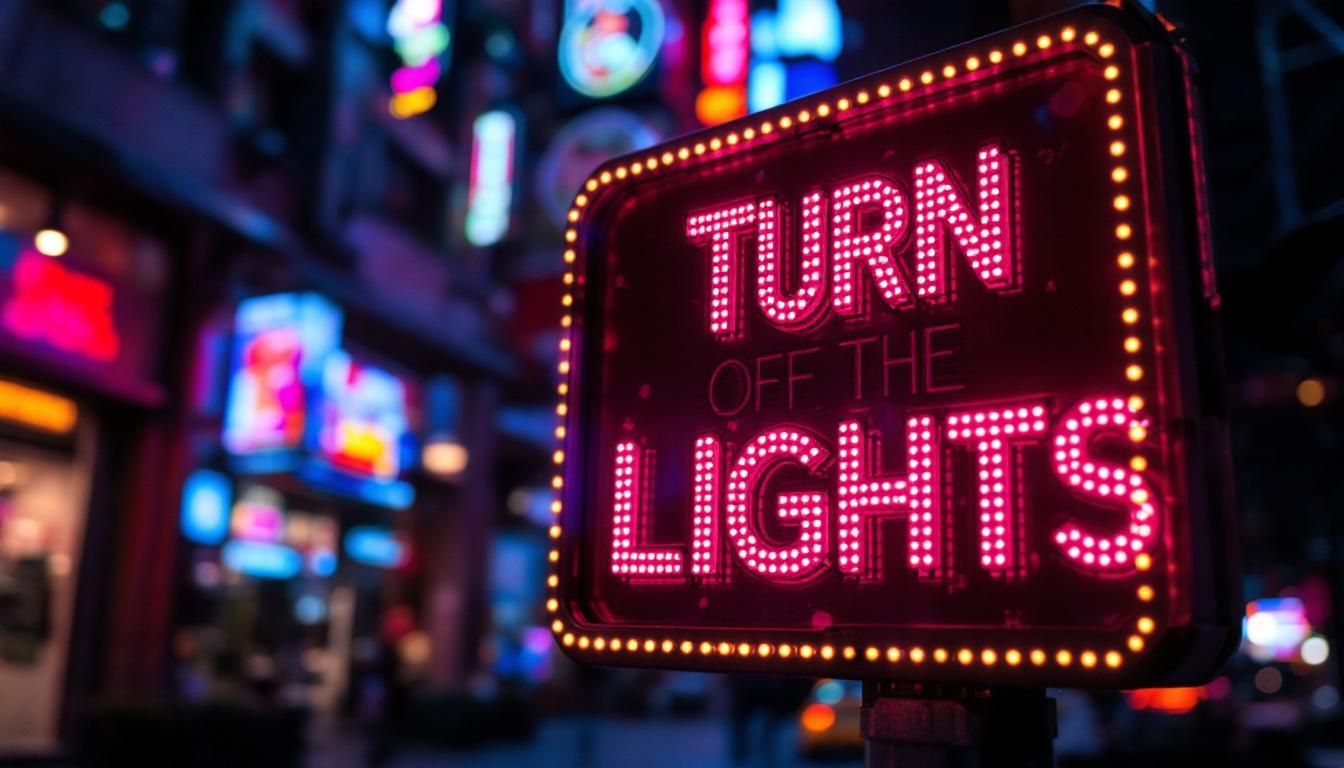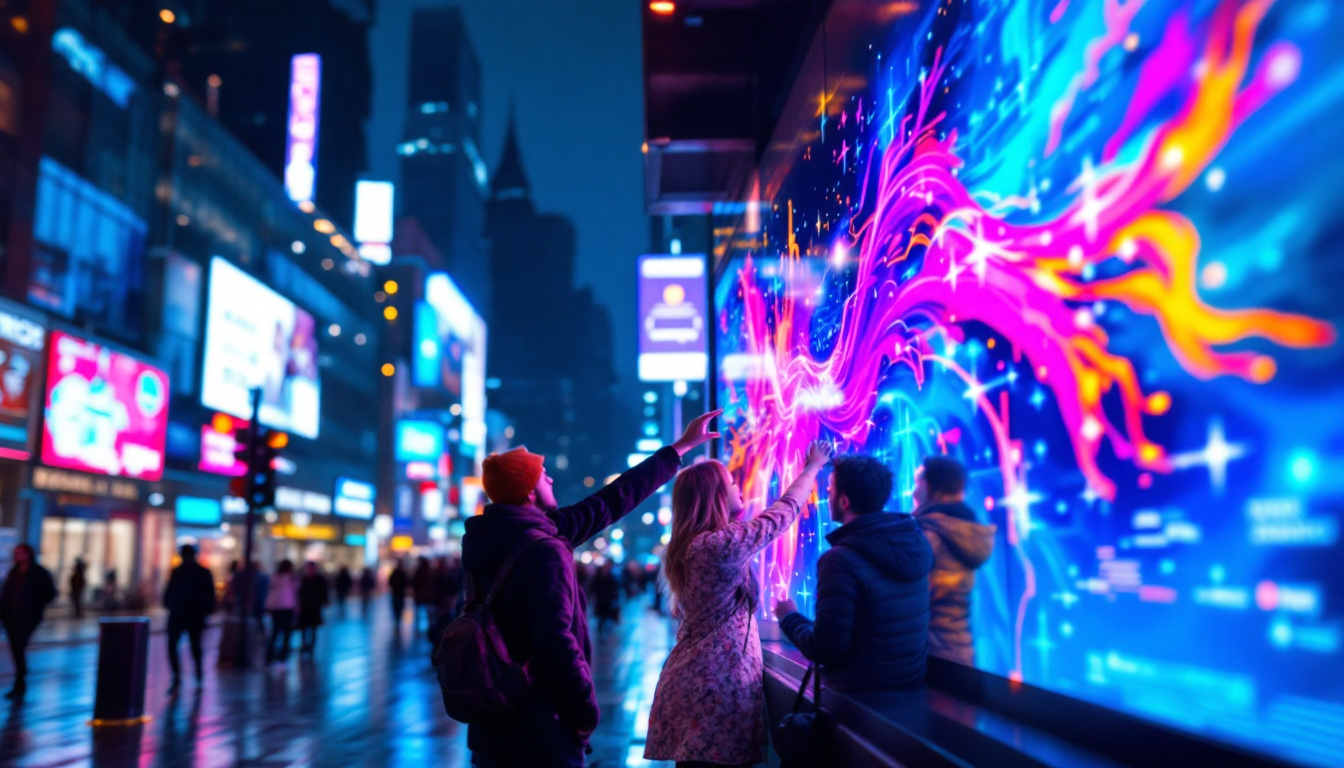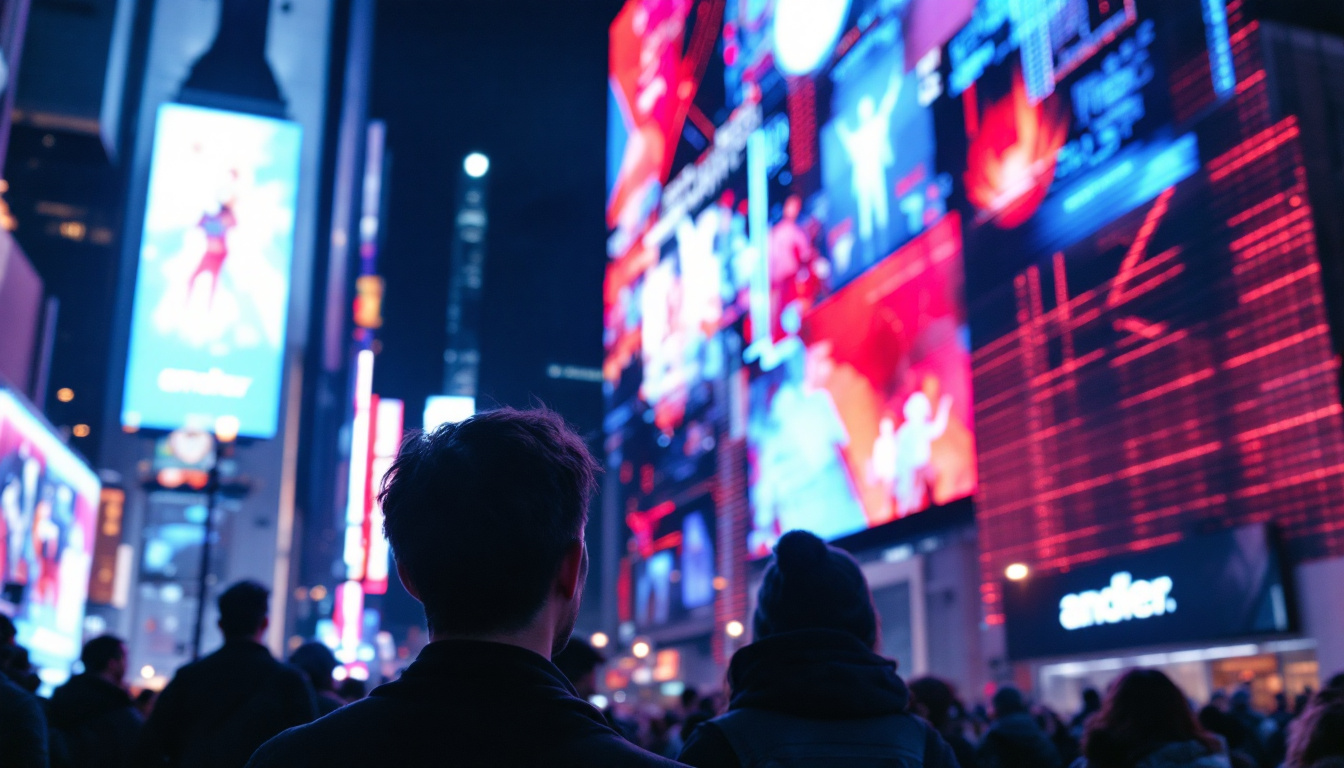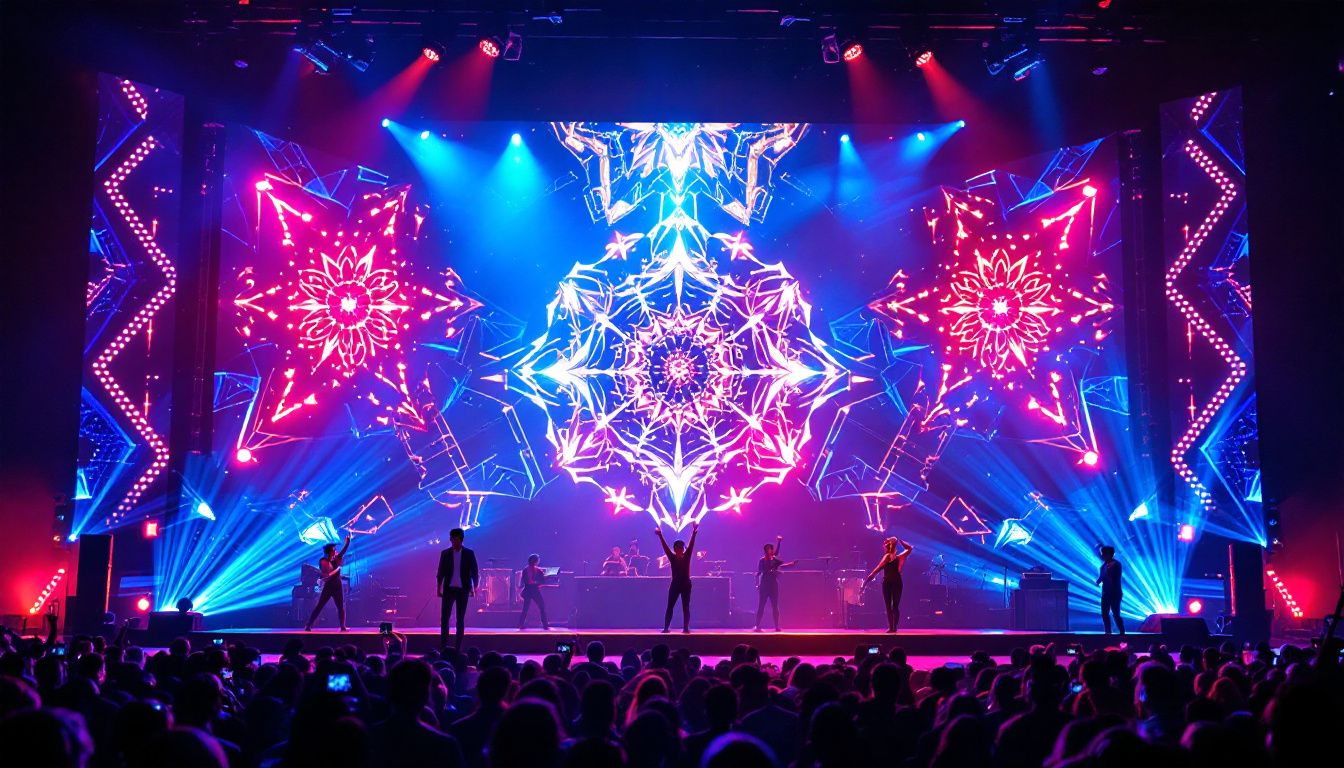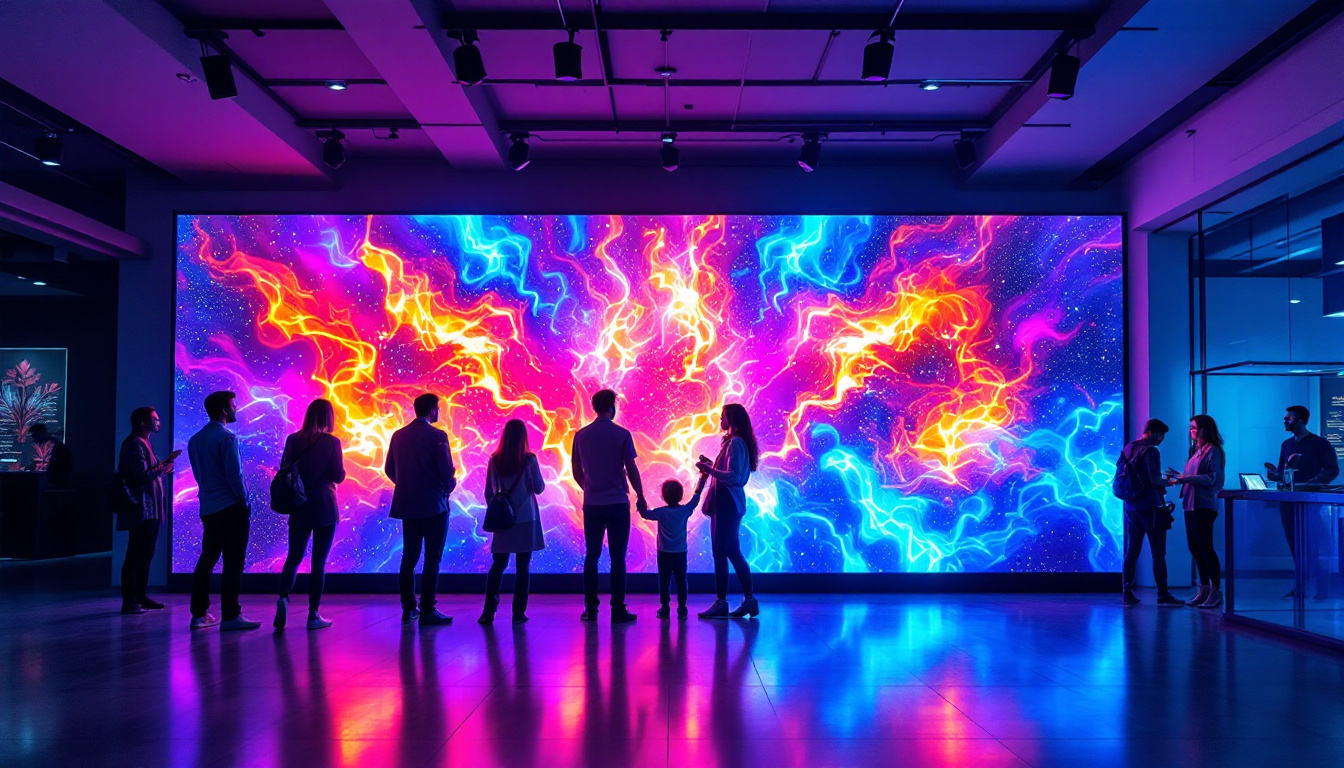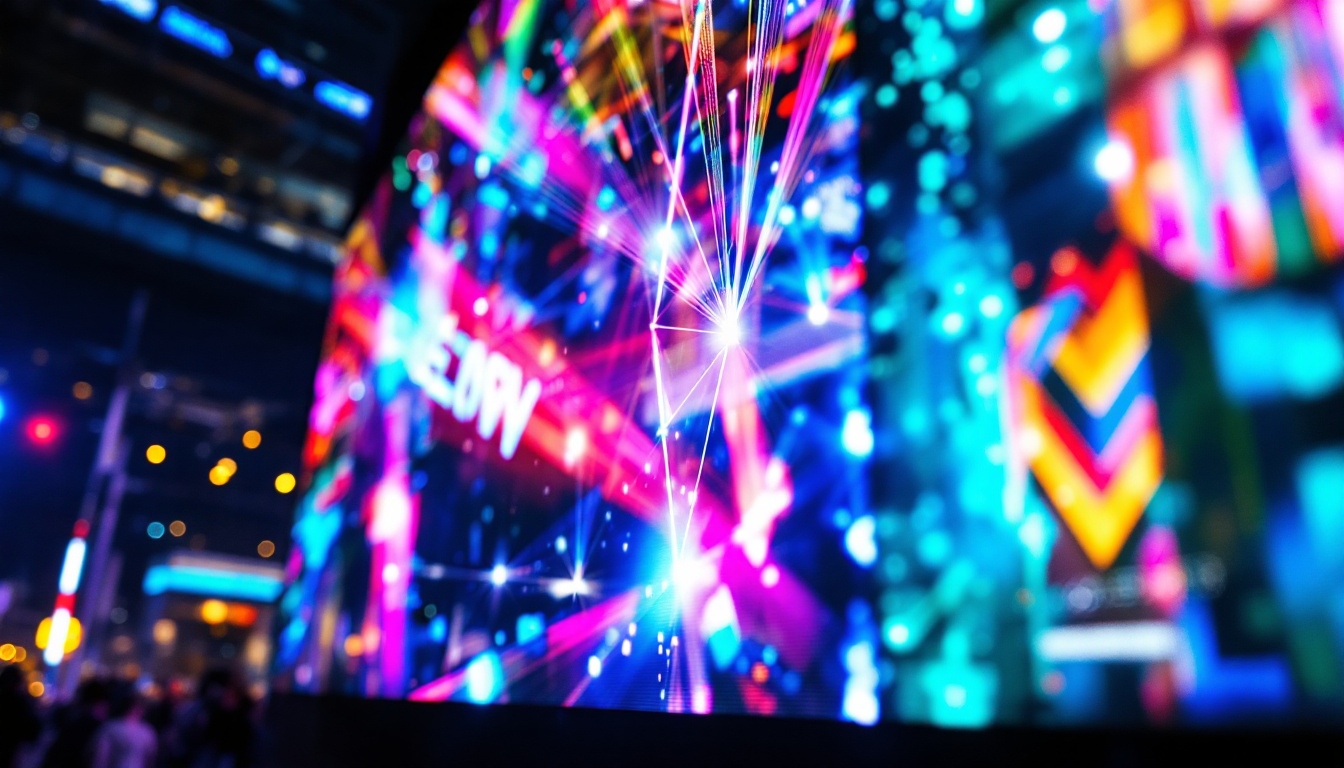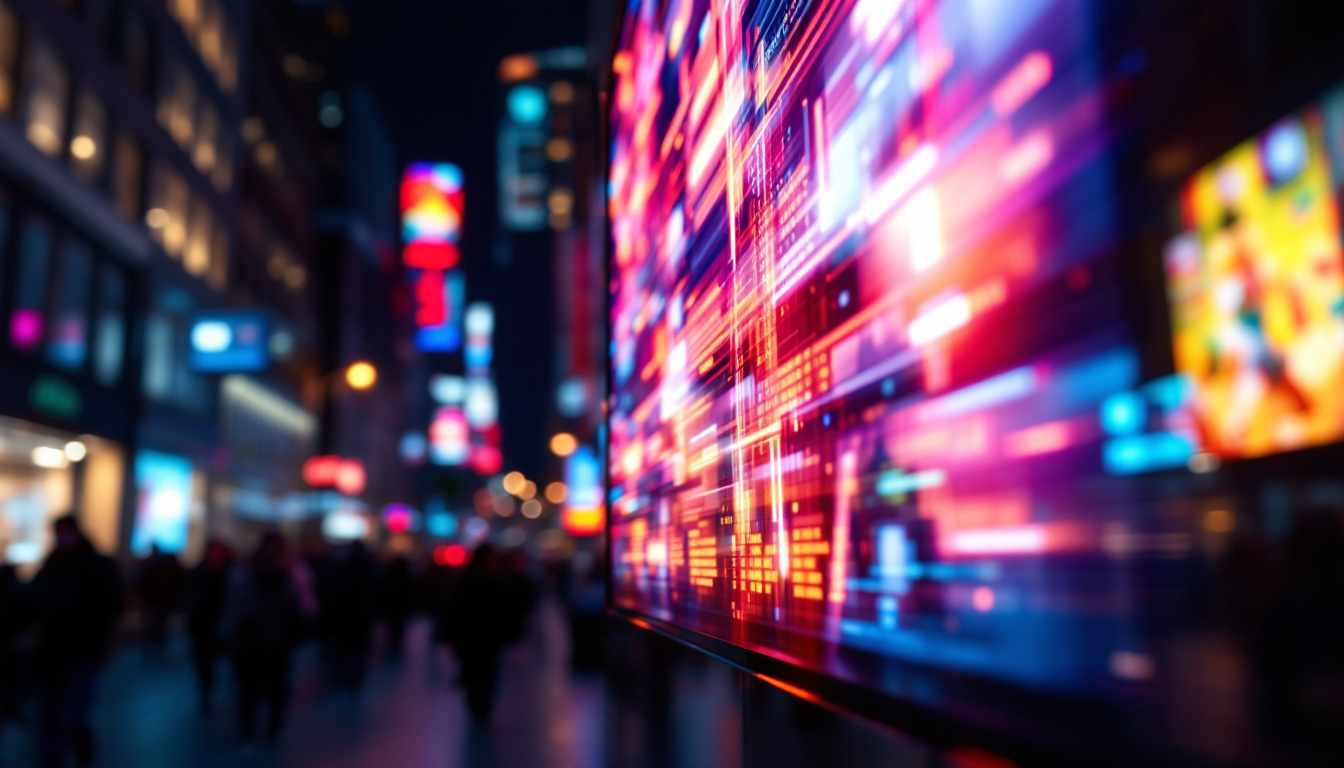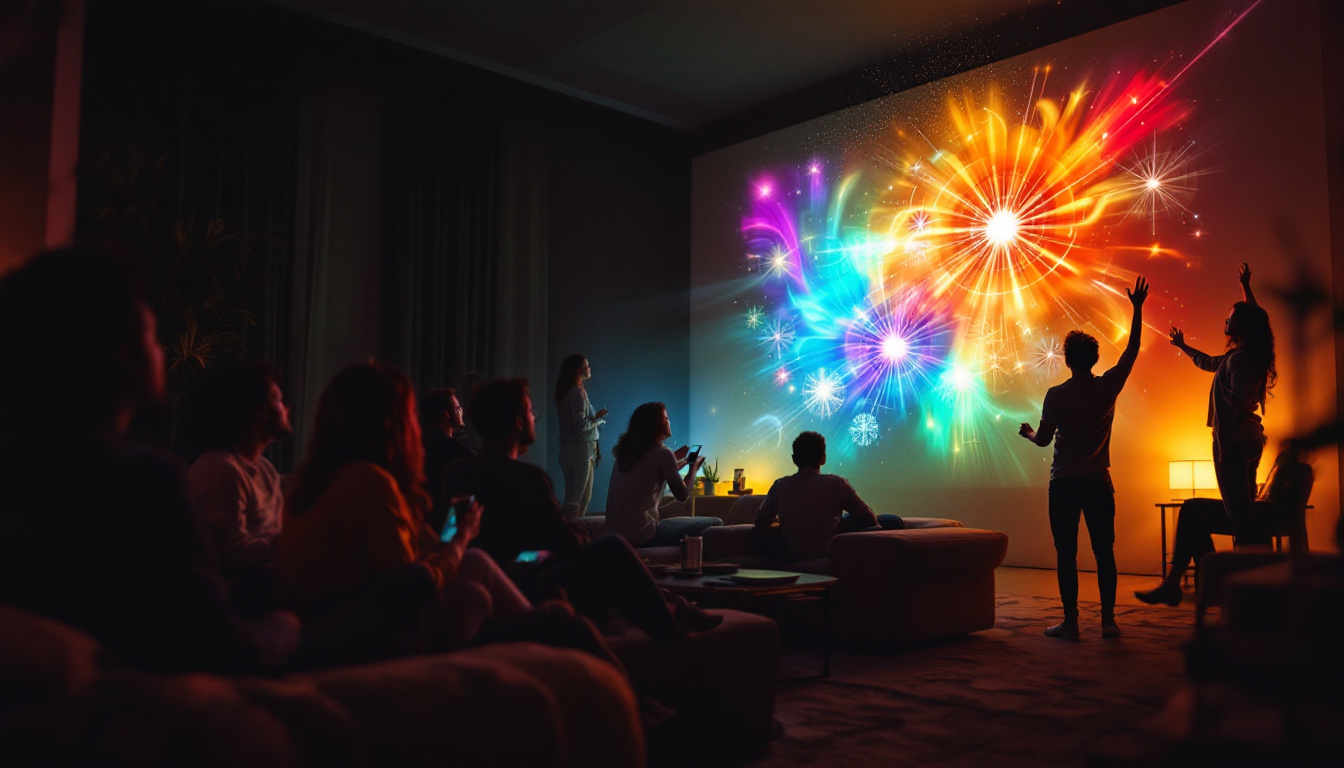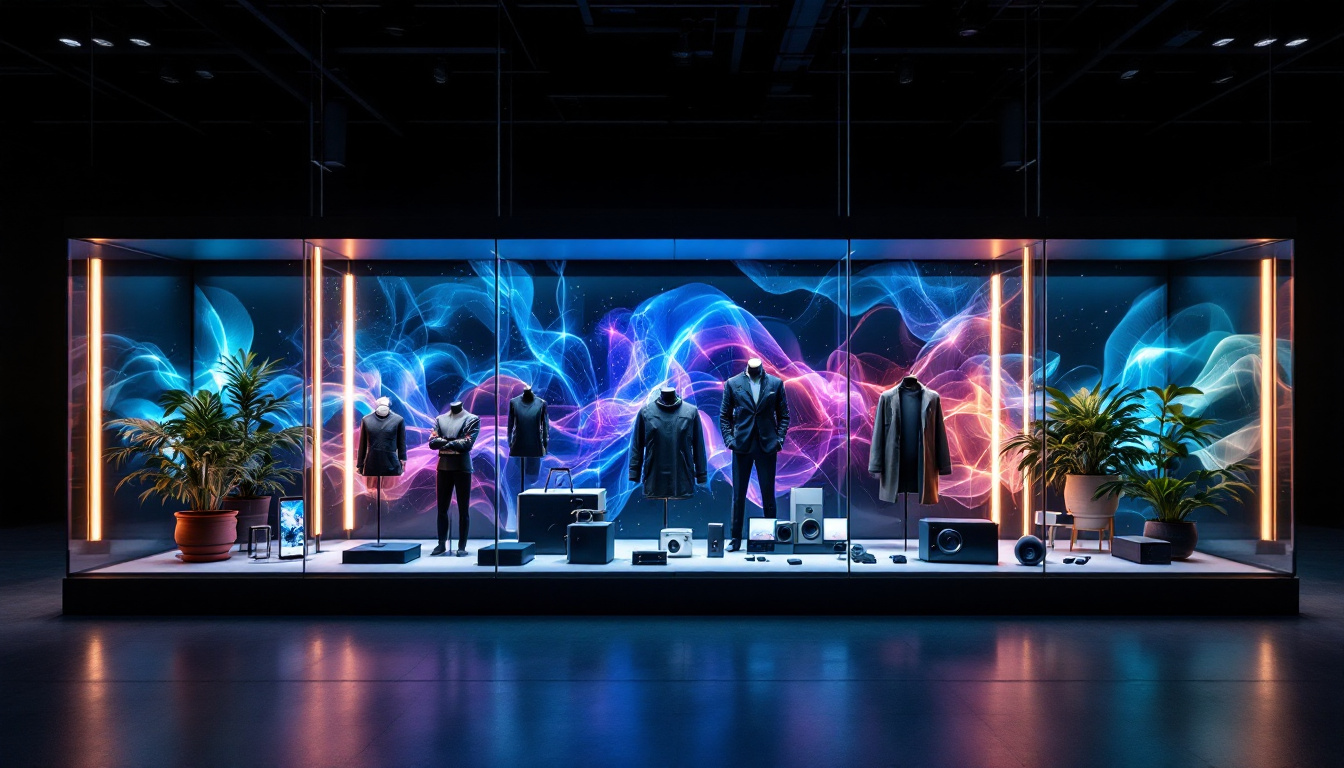In an era where energy conservation and environmental awareness are more critical than ever, simple reminders like “Turn Off The Lights” signage play a vital role in reducing electricity consumption. The integration of LED display technology into these signs has transformed them from static reminders into dynamic, attention-grabbing tools that effectively promote energy-saving behaviors. This article explores how LED displays are revolutionizing “Turn Off The Lights” signage, examining their technology, benefits, and applications.
The Importance of “Turn Off The Lights” Signage in Energy Conservation
Electricity consumption for lighting accounts for a significant portion of energy use in commercial buildings, schools, and even residential spaces. According to the U.S. Department of Energy, lighting makes up about 15% of an average household’s electricity use, and in commercial buildings, it can be as high as 30%. Simple behavioral changes, such as turning off lights when not in use, can lead to substantial energy savings.
However, encouraging consistent behavior change is challenging. Static signs often go unnoticed or become part of the background, losing their effectiveness over time. This is where LED display technology becomes a game-changer, providing a more engaging and visually stimulating way to remind people to switch off lights. These dynamic displays can be programmed to show real-time energy savings, making the impact of turning off the lights tangible and immediate. For instance, a display might illustrate how much energy is saved over a week or month, creating a sense of accomplishment and encouraging continued participation in energy conservation efforts.
In addition to LED signage, incorporating gamification elements can further enhance the effectiveness of energy conservation campaigns. For example, organizations can create friendly competitions among departments or classrooms to see who can reduce their energy consumption the most. By displaying leaderboards and progress updates on energy savings, individuals are more likely to engage with the initiative. This not only fosters a sense of community but also instills a culture of sustainability, where everyone feels invested in the collective goal of reducing energy consumption. The combination of innovative signage and interactive challenges can transform energy conservation from a mundane task into an exciting and rewarding endeavor.
What is LED Display Technology?
LED, or Light Emitting Diode, technology involves semiconductor devices that emit light when an electric current passes through them. Unlike traditional incandescent bulbs, LEDs are highly energy-efficient, have longer lifespans, and offer superior brightness and color options. This efficiency not only reduces energy consumption but also contributes to lower operating costs over time, making LEDs a preferred choice for both commercial and residential applications.
LED displays consist of numerous tiny LEDs arranged in a matrix to form characters, symbols, or animations. These displays can be programmed to show static messages, scrolling text, or dynamic visuals, making them ideal for signage applications that require attention and adaptability. The versatility of LED technology allows for a wide range of applications, from large outdoor billboards to small indoor displays, ensuring that they can meet the needs of various industries, including retail, transportation, and entertainment.
Types of LED Displays Used in Signage
LED displays come in various forms, each suited for different environments and purposes:
- Monochrome LED Displays: These show messages in a single color, typically red or green, and are cost-effective for simple text-based signage. They are often used in applications such as scoreboards and basic information boards, where clarity and visibility are paramount.
- Full-Color LED Displays: Capable of displaying a wide range of colors, these are used for more engaging and visually appealing signs that can include animations and graphics. Full-color displays are particularly popular in advertising, as they can capture attention and convey messages in a more dynamic and memorable way.
- Segment LED Displays: Commonly used for numeric or alphanumeric information, these are less versatile but highly readable. They are often found in digital clocks, gas station price displays, and other applications where quick information retrieval is essential.
In addition to these types, there are also specialized LED displays designed for specific uses. For instance, transparent LED displays are gaining popularity in retail environments, allowing for eye-catching advertising while maintaining visibility through the display. Similarly, outdoor LED displays are engineered to withstand harsh weather conditions, featuring enhanced brightness and durability to ensure visibility even in direct sunlight. This adaptability makes LED technology a cornerstone of modern signage solutions, capable of meeting the diverse needs of businesses and organizations across various sectors.
Advantages of Using LED Displays for “Turn Off The Lights” Signage
Incorporating LED technology into “Turn Off The Lights” signage offers multiple advantages over traditional static signs.
Enhanced Visibility and Attention-Grabbing
LED displays are inherently bright and can be seen clearly in various lighting conditions, including daylight and dim environments. Their ability to flash, scroll, or change colors draws attention more effectively than printed signs. This heightened visibility increases the likelihood that occupants will notice and heed the reminder.
Customization and Dynamic Messaging
LED signage allows for customizable messages that can be updated remotely or programmed to change based on time of day, occupancy, or other triggers. For example, a sign could display “Turn Off The Lights” during business hours and switch to “Thank You for Saving Energy” after hours. This flexibility keeps the messaging fresh and relevant.
Energy Efficiency and Sustainability
Ironically, the technology used to promote energy conservation itself consumes minimal power. LED displays use significantly less electricity than incandescent or fluorescent lighting, aligning with the sustainability goals they support. Additionally, their long lifespan reduces maintenance and replacement costs.
Integration with Smart Building Systems
Modern LED signage can be integrated with building management systems (BMS) and occupancy sensors. For instance, a sensor can detect when a room is empty and trigger the LED sign to remind users to turn off the lights. Such automation enhances the effectiveness of the signage and contributes to smarter energy management.
Practical Applications and Case Studies
LED “Turn Off The Lights” signage has been successfully implemented in various sectors, demonstrating measurable impacts on energy savings and occupant behavior.
Commercial Buildings
In office buildings, LED signage placed near light switches or at entrances has been shown to increase awareness and reduce unnecessary lighting. A study conducted by a major commercial real estate firm found that LED reminder signs contributed to a 12% reduction in lighting energy consumption within six months of installation.
Educational Institutions
Schools and universities have adopted LED signage as part of their sustainability initiatives. Animated LED signs in hallways and classrooms encourage students and staff to turn off lights when leaving. One university reported a 15% decrease in lighting energy use after deploying LED reminder signs combined with educational campaigns.
Healthcare Facilities
Hospitals and clinics often require lighting for safety and operational reasons, but energy conservation remains a priority. LED signage integrated with occupancy sensors helps ensure lights are only on when needed, balancing patient safety with energy efficiency.
Design Considerations for Effective LED “Turn Off The Lights” Signage
To maximize the impact of LED signage, careful attention must be paid to design elements, placement, and messaging.
Message Clarity and Brevity
Messages should be concise and easy to understand at a glance. Using simple phrases like “Turn Off The Lights” or “Save Energy – Switch Off” ensures the message is clear. Incorporating universally recognized symbols, such as a light bulb icon, can enhance comprehension across diverse audiences.
Optimal Placement
Signs should be positioned where they are most likely to be noticed—near light switches, entrances, or exit points. Placement at eye level and in well-trafficked areas increases visibility. Additionally, considering sightlines and ambient lighting conditions can improve effectiveness.
Brightness and Contrast
Adjusting brightness to suit the environment prevents glare and ensures readability. High contrast between text and background colors improves legibility, especially from a distance.
Interactive and Contextual Features
Incorporating sensors or timers can make signage more interactive. For example, a sign that lights up only when motion is detected can create a timely reminder. Similarly, integrating messages with building occupancy data can tailor prompts to specific situations.
Future Trends in LED Signage for Energy Conservation
As technology advances, LED signage continues to evolve, offering new possibilities for promoting energy-saving behaviors.
Integration with IoT and Smart Technologies
The Internet of Things (IoT) enables LED signs to communicate with other devices and systems. Future signage could automatically adjust messages based on real-time data, such as weather conditions, occupancy patterns, or energy prices, providing more personalized and effective prompts.
Use of Artificial Intelligence (AI)
AI-powered analytics can optimize signage content by analyzing user interactions and energy consumption trends. This data-driven approach can enhance the timing and content of reminders to maximize impact.
Eco-Friendly Materials and Manufacturing
Sustainability extends beyond energy savings to include the environmental footprint of the signage itself. Manufacturers are increasingly using recyclable materials and environmentally friendly production processes to reduce waste and pollution.
Conclusion
“Turn Off The Lights” signage remains a simple yet powerful tool in the global effort to reduce energy consumption. The adoption of LED display technology has significantly enhanced the effectiveness of these reminders by improving visibility, enabling dynamic messaging, and integrating with smart building systems. As LED technology continues to advance, these signs will become even more adaptive and impactful, supporting sustainable behaviors across various environments.
For organizations looking to promote energy conservation, investing in LED “Turn Off The Lights” signage offers a cost-effective, durable, and engaging solution that aligns with modern sustainability goals. By combining thoughtful design with cutting-edge technology, these signs can help create a culture of awareness and responsibility that benefits both the environment and operational budgets.
Illuminate Your Message with LumenMatrix
Ready to take the next step in energy conservation and impactful communication? Explore LumenMatrix’s comprehensive range of LED display solutions, tailored to bring your “Turn Off The Lights” campaigns to life. From Indoor and Outdoor LED Wall Displays to innovative LED Transparent Displays, our products are designed to captivate and engage. Elevate your message with the clarity and vibrancy that only LumenMatrix can provide. Check out LumenMatrix LED Display Solutions today and transform the way you promote sustainability and efficiency.

